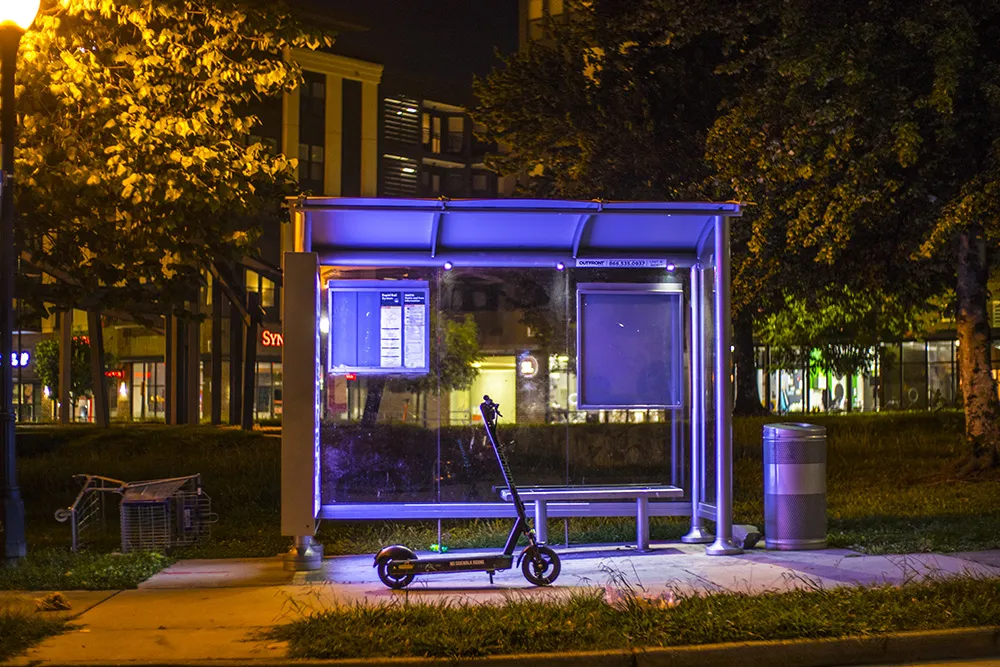
As part of the Mobility and Fuel Strategy of the German Federal Ministry of Transport and Digital Infrastructure, the two-year study found that options such as car-share and e-scooters can only be part of a sustainable transport eco-system if they are combined with public transit options.
“Our evaluations clearly show that mobility concepts must be considered as a whole in order to achieve significant climate and environmental effects,” said Rimbert Schürmann, director of the study at PTV Transport Consult.
The study - Shift effects and environmental effects of changed mobility concepts in passenger transport – was designed to see how new mobility services will dovetail with conventional modes of transport by 2030 or 2050 and what impact this would have.
“New and enhanced mobility services initially create new options, which means that they increase the mobility of the population overall,” Schürmann continued. “Despite the additional traffic this causes, new mobility offerings can make a contribution to reducing greenhouse gas emissions.”
This is not enough on its own, however.
“The best effects occur if more than just the new mobility services are promoted. At the same time, conventional, non-motorised and public transport must be improved and linked to the new mobility offerings, and private vehicles must become less attractive.”
PTV Group, Fraunhofer Institute for Systems and Innovation Research and M-Five participated in the study, which looked at two possible future scenarios:
Scenario A looked at ‘cautious mobility change’, where on-demand services will be legally facilitated but transport policy and behaviour will change only moderately in the coming years.
Scenario B assumed ‘extensive mobility change’, where there is “a holistic, intermodal and thus long-lasting transport policy with targeted promotion of public transport, as well as bicycle and pedestrian traffic”.
These were examined in areas from the big city to urban and rural locations, including sparsely-populated countryside.
Using PTV software, the researchers looked at how efficient ride-hailing and on-demand services would be in these areas with vastly differing demand, and what their effects would be on vehicle miles travelled (VMT) and vehicle utilisation.
In Scenario A, new mobility offerings would account for 5% of transport service in 2030 (and 9% by 2050) - and 11% in Scenario B (rising to 17%).
In Scenario B, the share of private vehicle usage in the urban environment continues to decrease, by nearly 14% by 2030.
In Scenario A, VMT of all means of transport increases by 1.2% by 2030 – but falls by 8% in Scenario B.
CO2 emissions decrease in both scenarios by 2030, by 1.8% in Scenario A and 13% in Scenario B.










